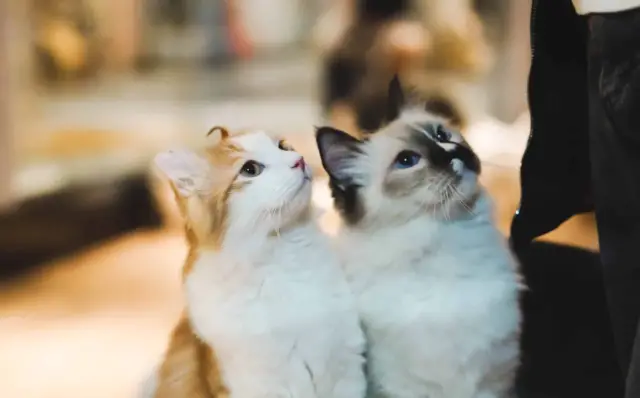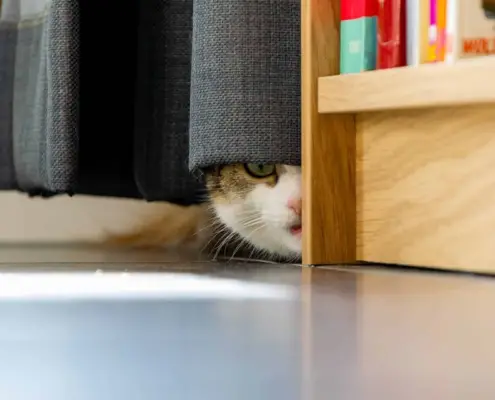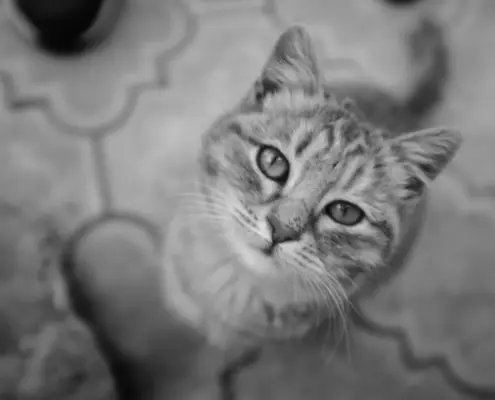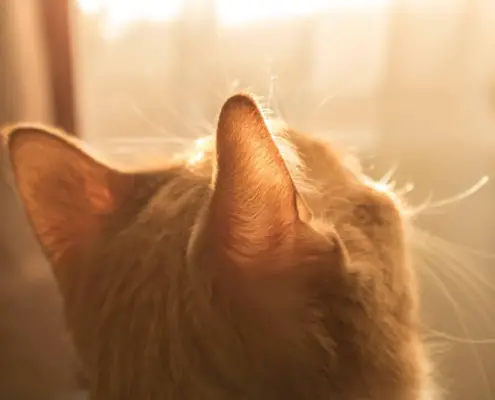
Feline social dynamics, the intricate web of relationships and interactions between cats, have long fascinated researchers and cat owners alike. Cats, known for their independent nature, have been observed to form complex social structures, exhibiting behaviors that hint at a sense of social order. This article delves into the intriguing topic of feline social dynamics, specifically exploring the question of whether cats observe an incest taboo.
Understanding Incest Taboos in Animal Behavior
Incest taboos, the cultural or biological prohibitions against mating with close relatives, are widely observed across various animal species. Such taboos serve to prevent inbreeding, which can lead to detrimental genetic consequences. In the animal kingdom, incest avoidance mechanisms have been observed in species ranging from primates to birds. However, the question remains: do cats have an incest taboo?
Do Cats Have an Incest Taboo?
While comprehensive research on feline social behavior is limited, several studies shed light on the presence of incest avoidance mechanisms in cats. In a study conducted by researchers at the University of California, cats were observed to display a preference for unrelated mates. This preference was evident in both male and female cats, suggesting the existence of an inherent incest taboo.
Factors Influencing Feline Social Relationships
The formation of social relationships among cats is influenced by various factors, including genetics, environmental conditions, and cultural dynamics. Genetic factors play a significant role in shaping feline social dynamics, as cats with similar genetic backgrounds are more likely to form close social bonds. Additionally, environmental factors such as resource availability and socialization experiences during early development can impact the social behavior of cats.
The Role of Genetics in Feline Social Dynamics
Genetic studies have revealed the presence of certain genes associated with feline social behavior. For instance, the oxytocin receptor gene, known for its role in social bonding, has been found to vary among different cat breeds. Variations in this gene may influence the social dynamics and bonding abilities of cats. Furthermore, studies have shown that certain genetic factors can predispose cats to exhibit more independent or sociable behaviors.
Observations from Studies on Feline Social Behavior
Various studies have provided valuable insights into feline social behavior. Research conducted by the University of Lincoln examined the social structures of feral cat colonies, revealing complex hierarchies and social interactions among colony members. These observations suggest that cats possess a nuanced understanding of social relationships and exhibit behaviors that promote social cohesion within their groups.
Exploring the Concept of Inbreeding Depression
Inbreeding depression, the negative impact of mating between close relatives, is a concern in many species, including cats. Inbreeding can lead to the expression of harmful recessive traits, resulting in reduced overall fitness and health. While cats may not have a cultural understanding of an incest taboo, their avoidance of close relatives in mating suggests an innate mechanism to prevent the negative consequences of inbreeding.
Cultural and Environmental Factors Affecting Feline Social Dynamics
Apart from genetics, cultural and environmental factors also shape feline social dynamics. In multi-cat households, the presence of a dominant cat can influence the social dynamics among the other cats. Additionally, resource availability, such as access to food and territory, can impact the social interactions and hierarchies within a cat group. Understanding and managing these factors is essential for creating harmonious social environments for cats.
Implications for Cat Owners and Breeders
The understanding of feline social dynamics and the presence of an incest taboo can have significant implications for cat owners and breeders. Recognizing the importance of social interactions among cats can guide the creation of enriched environments that support their social needs. Breeders can also take into account the genetic factors influencing feline social behavior when selecting breeding pairs, promoting healthy social dynamics within their cat populations.
Conclusion
In conclusion, the fascinating world of feline social dynamics unveils a complex tapestry of relationships and behaviors. While research on the subject is still evolving, studies suggest that cats do exhibit an incest taboo, avoiding mating with close relatives. Genetic, cultural, and environmental factors all play a role in shaping feline social dynamics, highlighting the importance of understanding and promoting healthy social interactions among cats. By delving deeper into the realm of feline social behavior, we can ensure the well-being and happiness of our feline companions.
If you enjoyed my article, I would appreciate you sharing it with your network.

Sima Ndlebe
Sima writes for CatBuzz. He is interested in Cats, Health and Fitness, and Entrepreneurship.
Published: 24 May 2024



